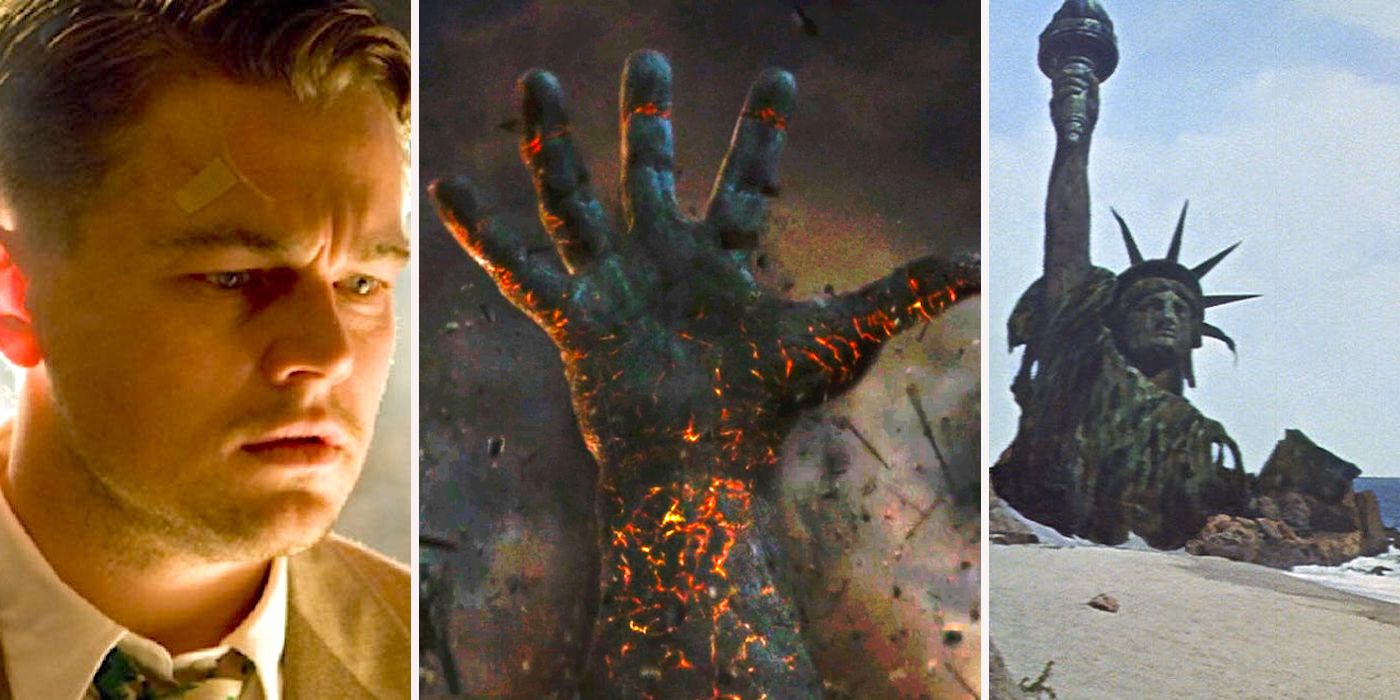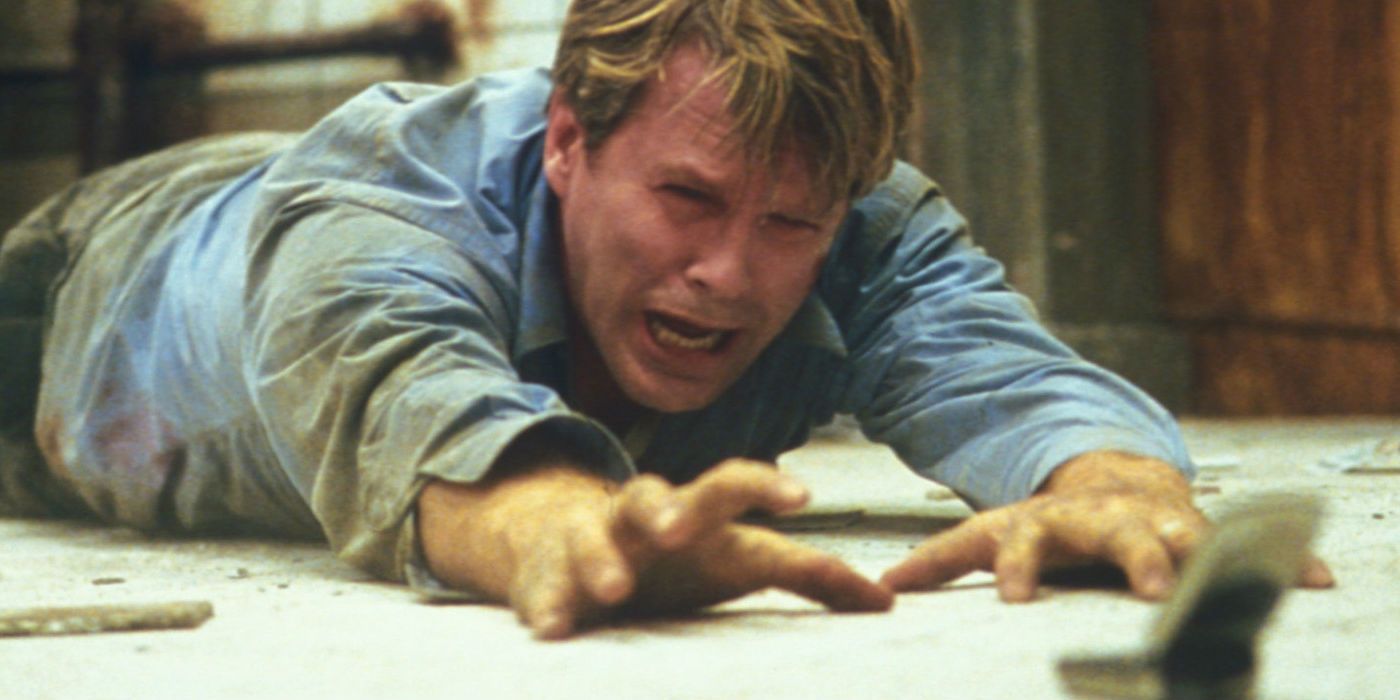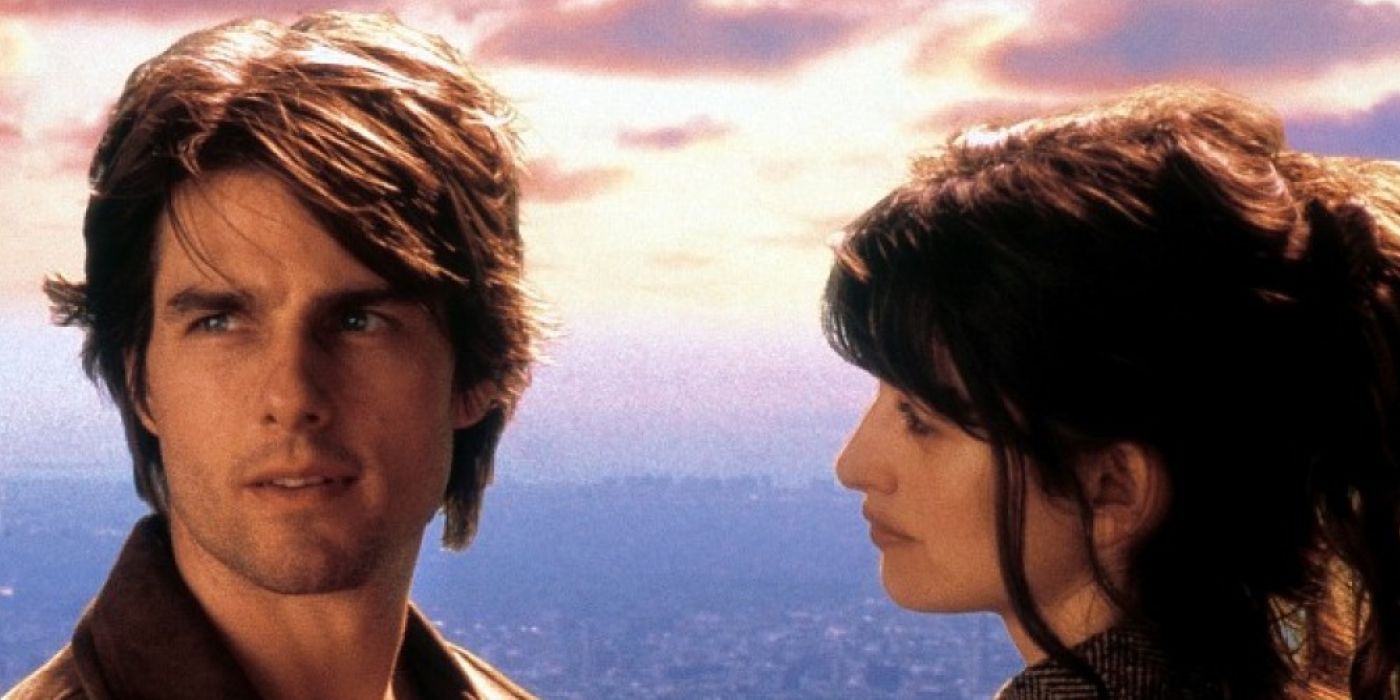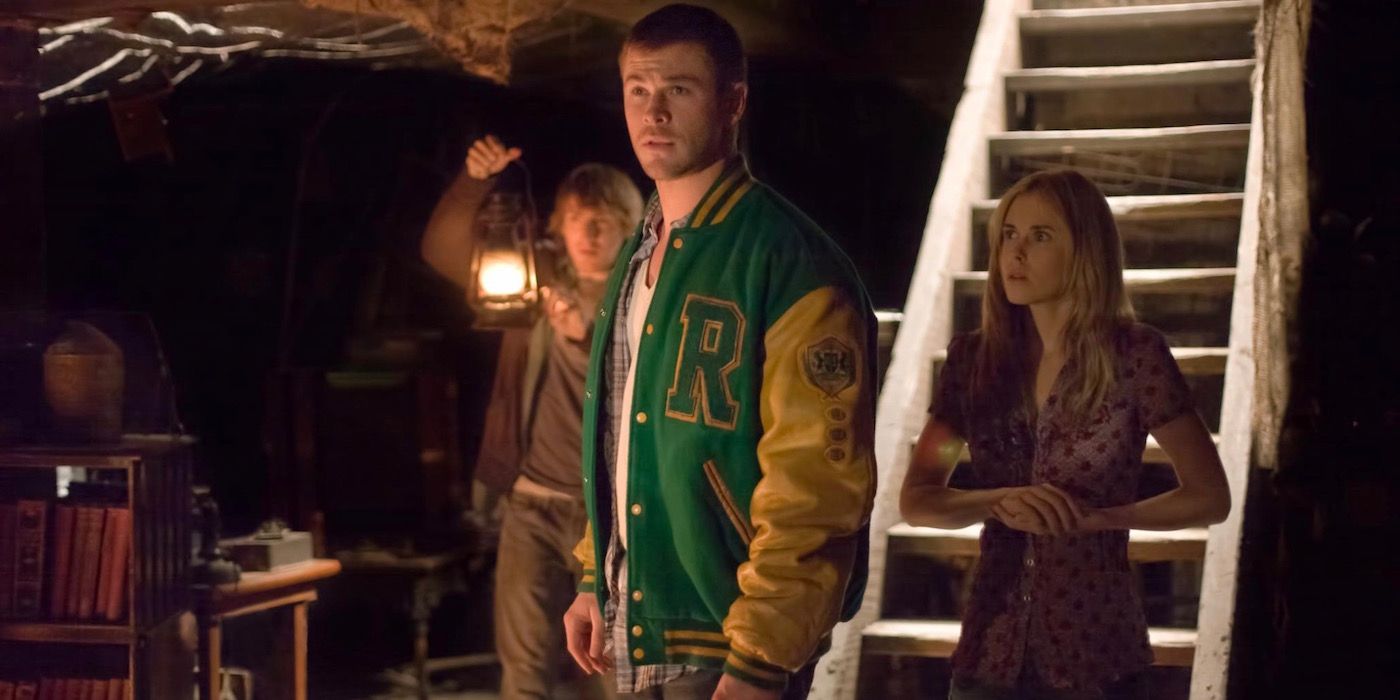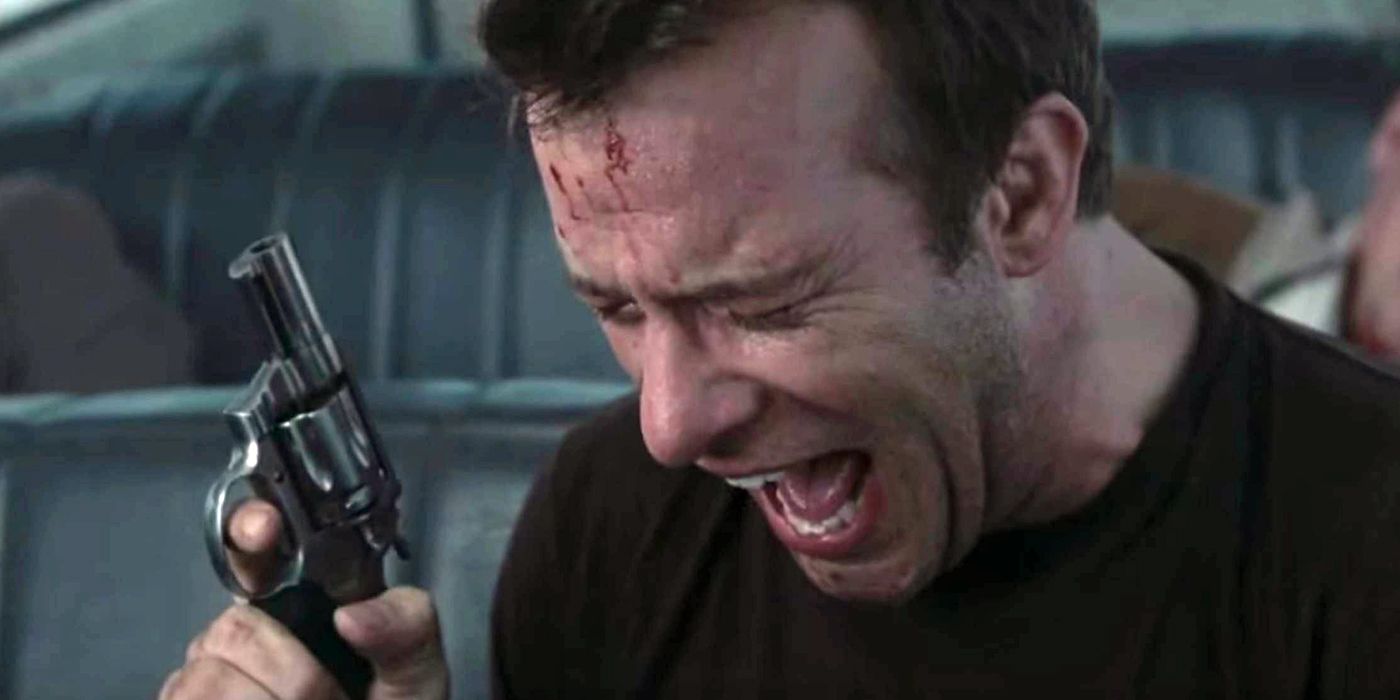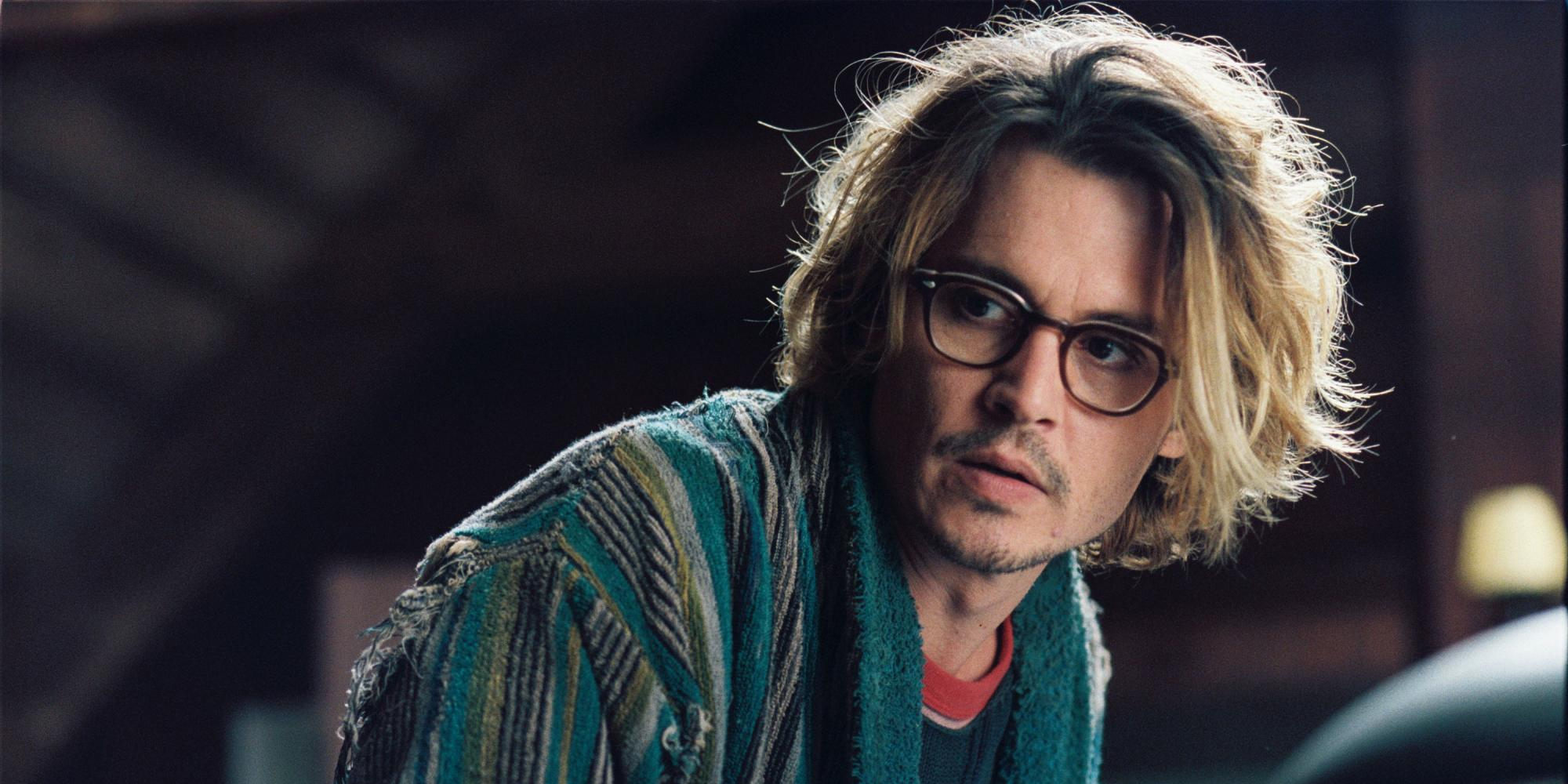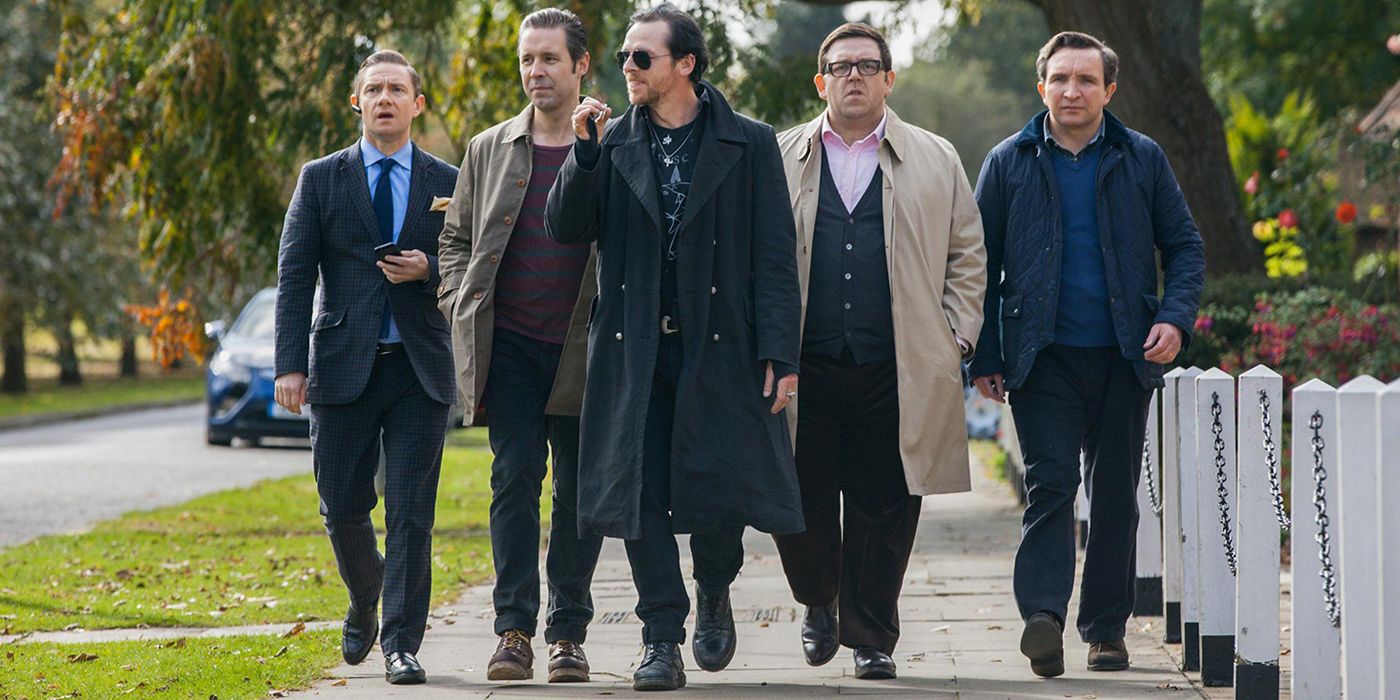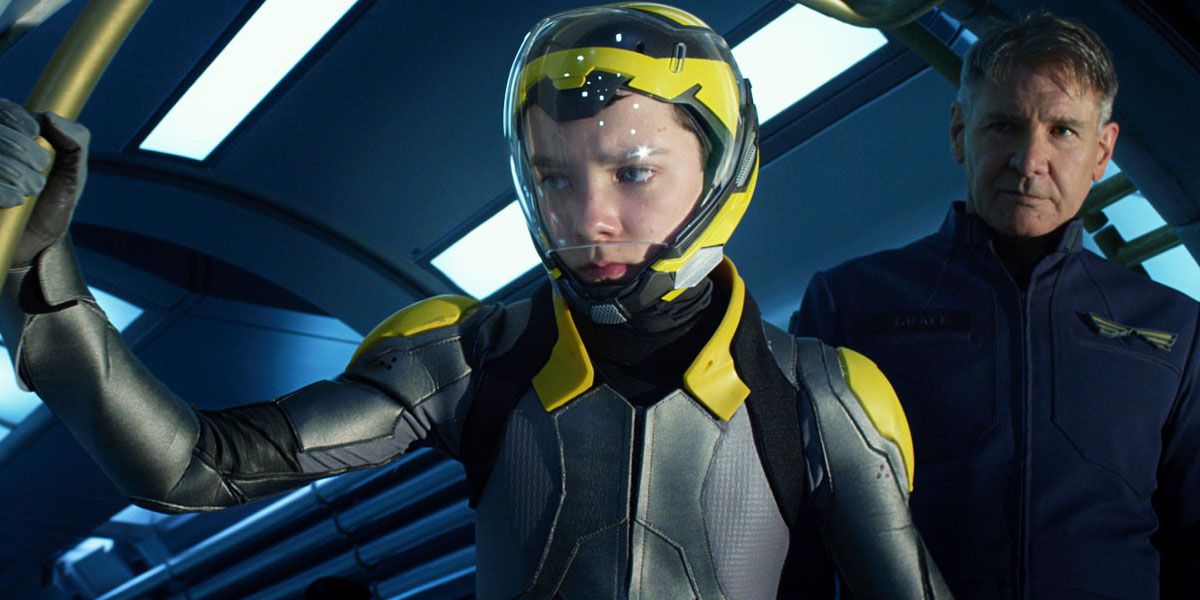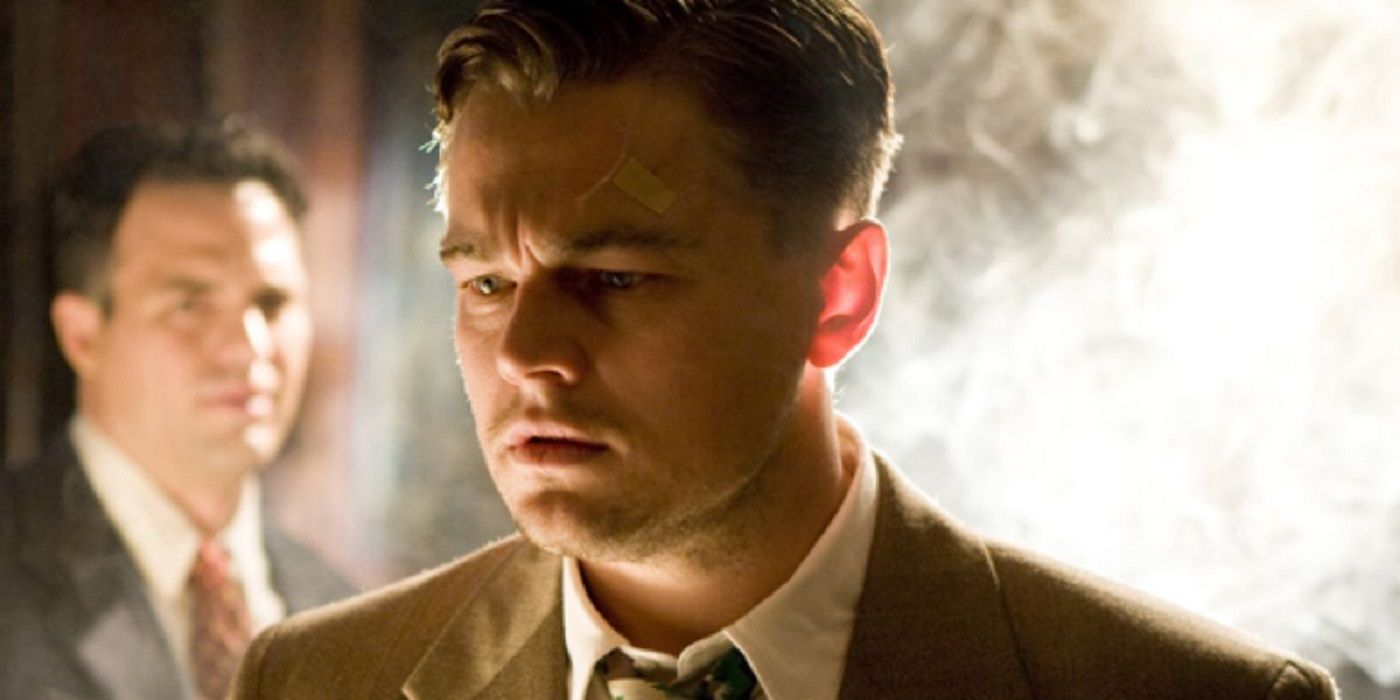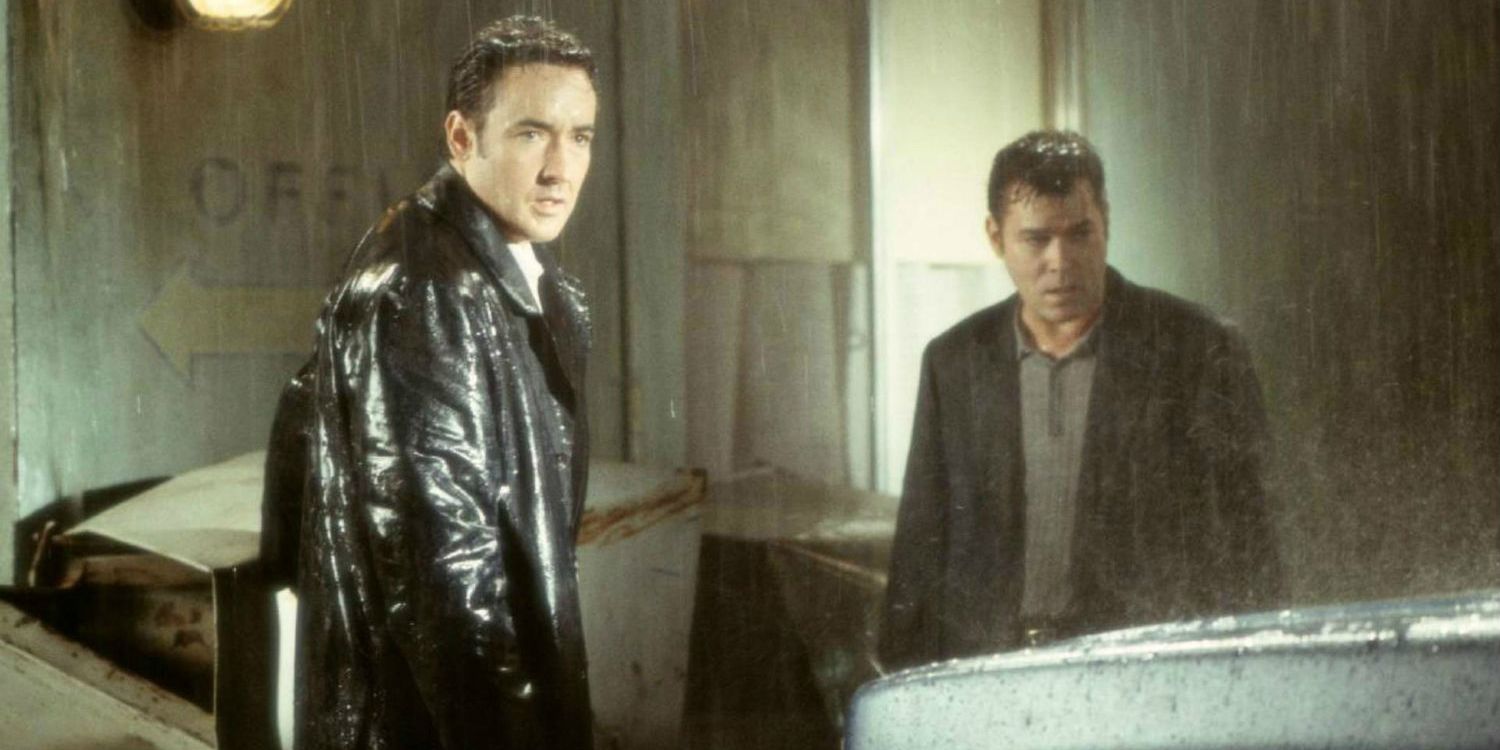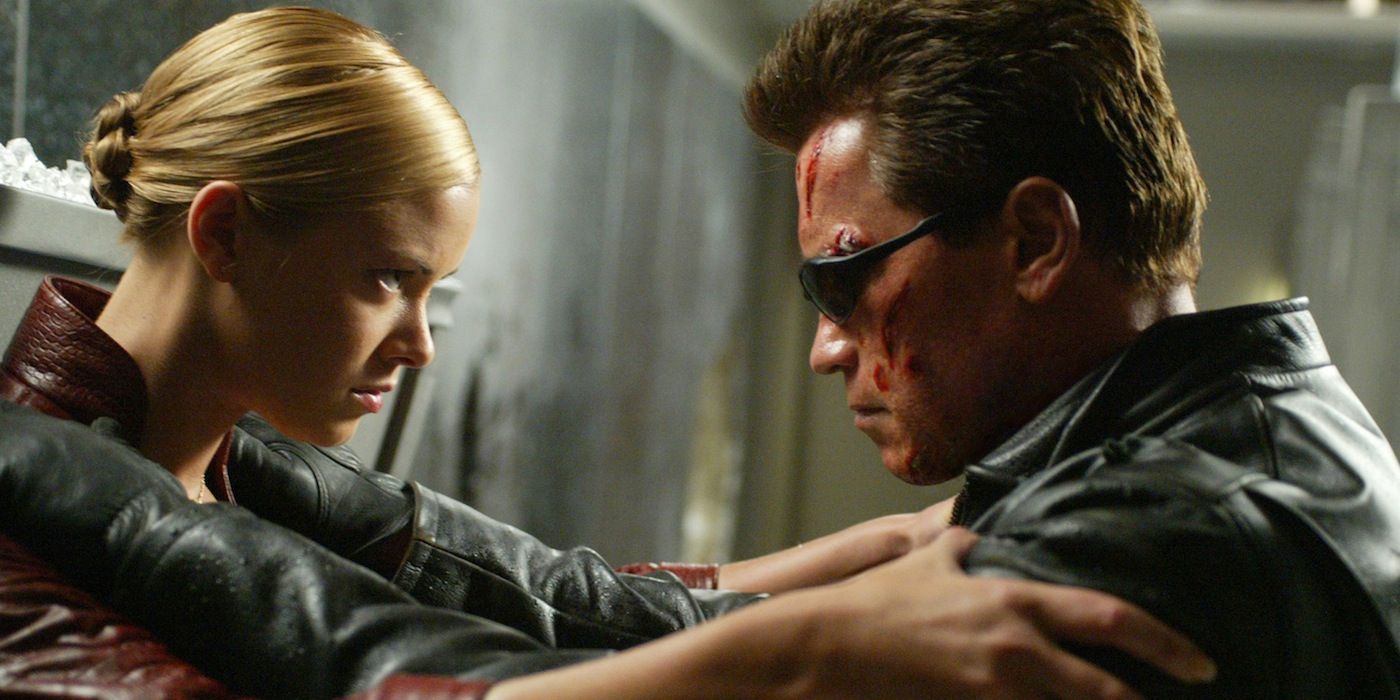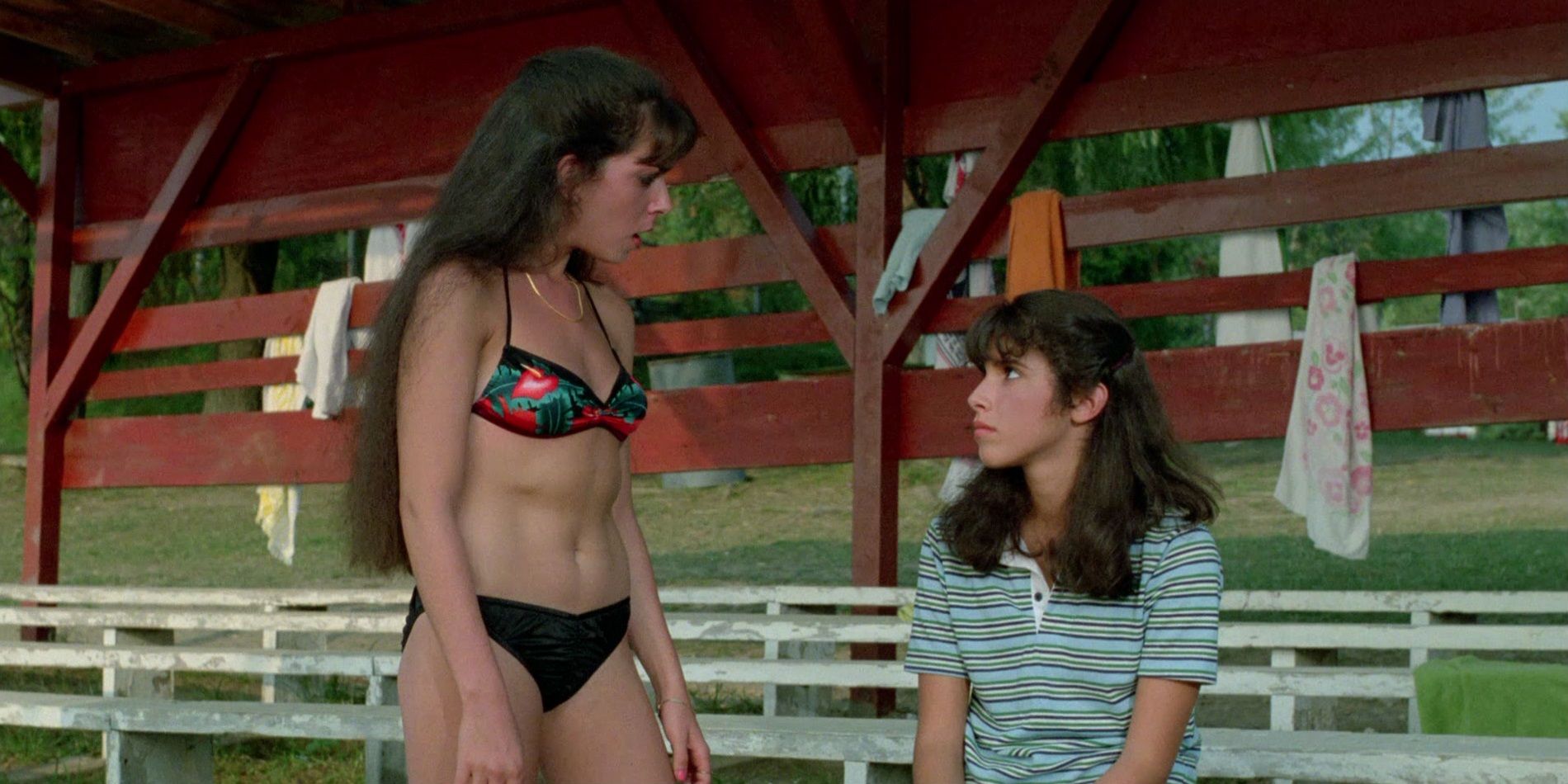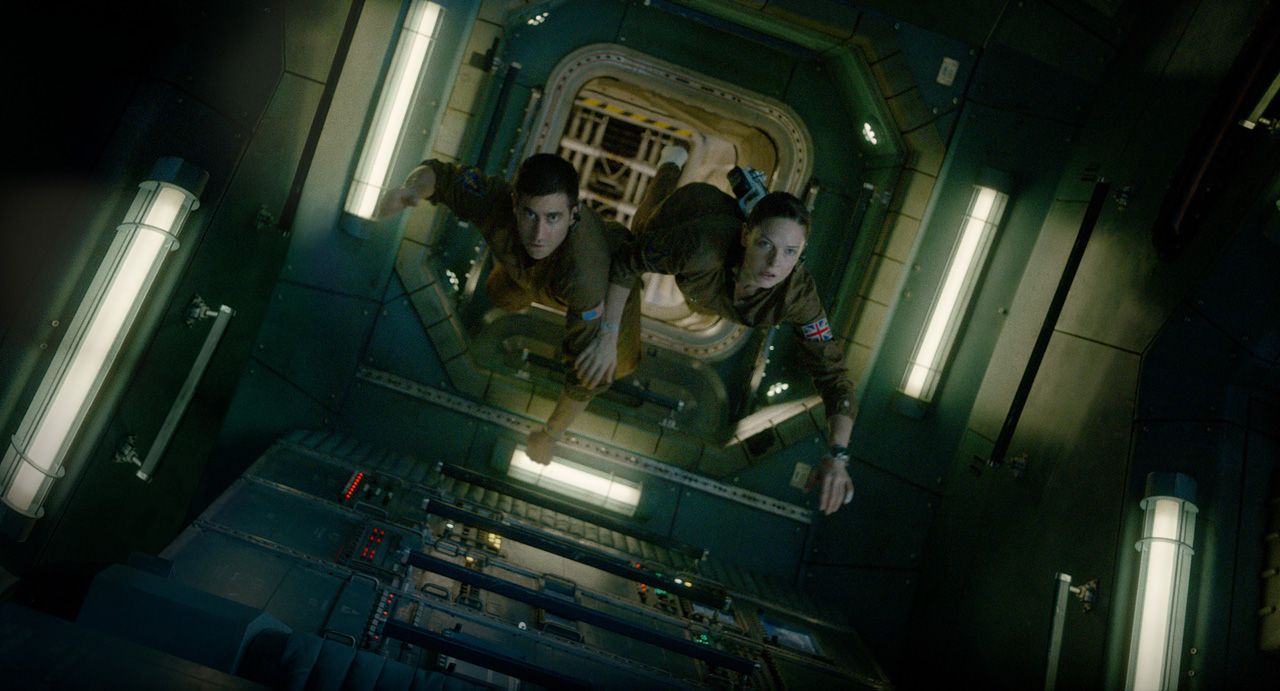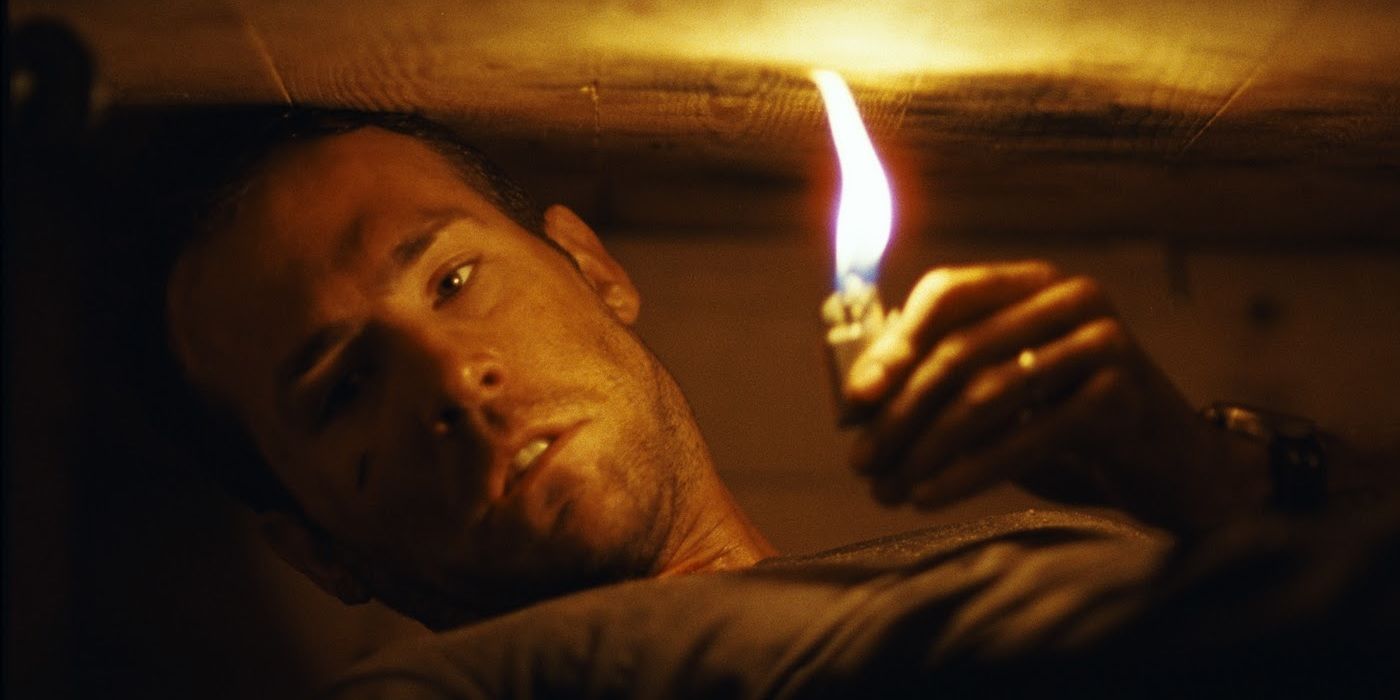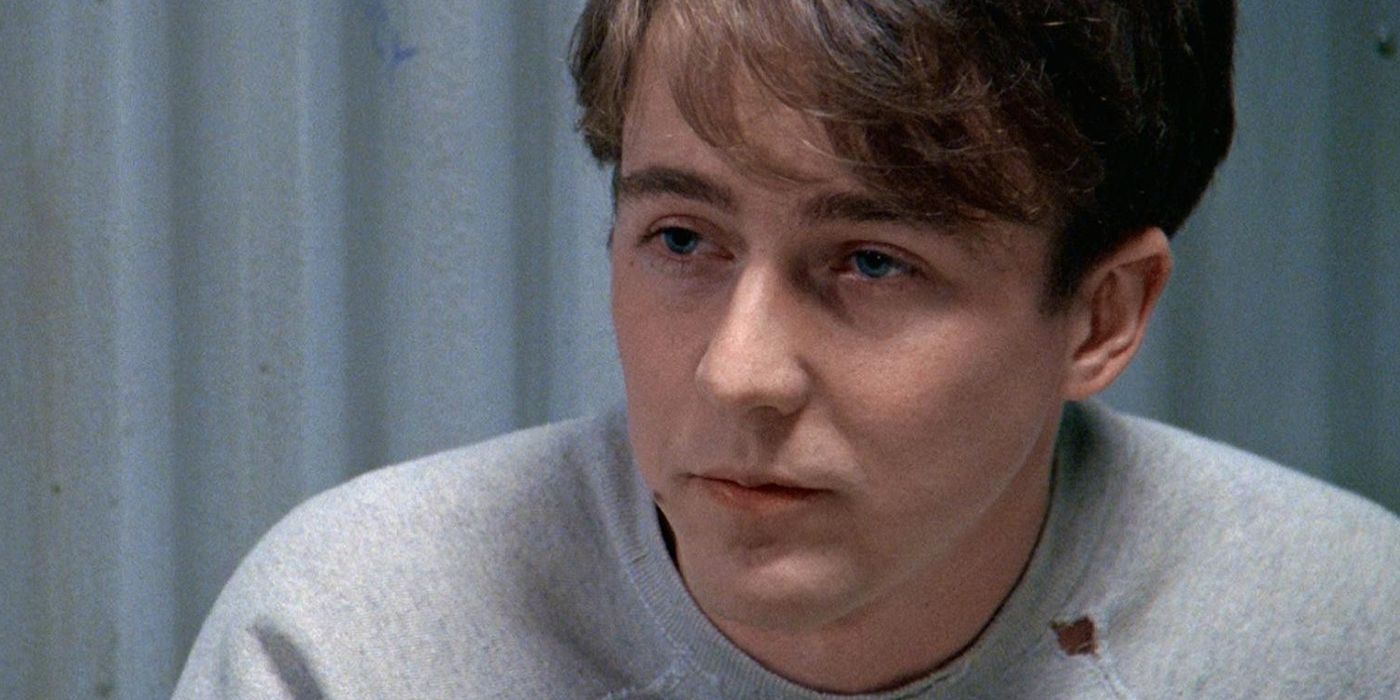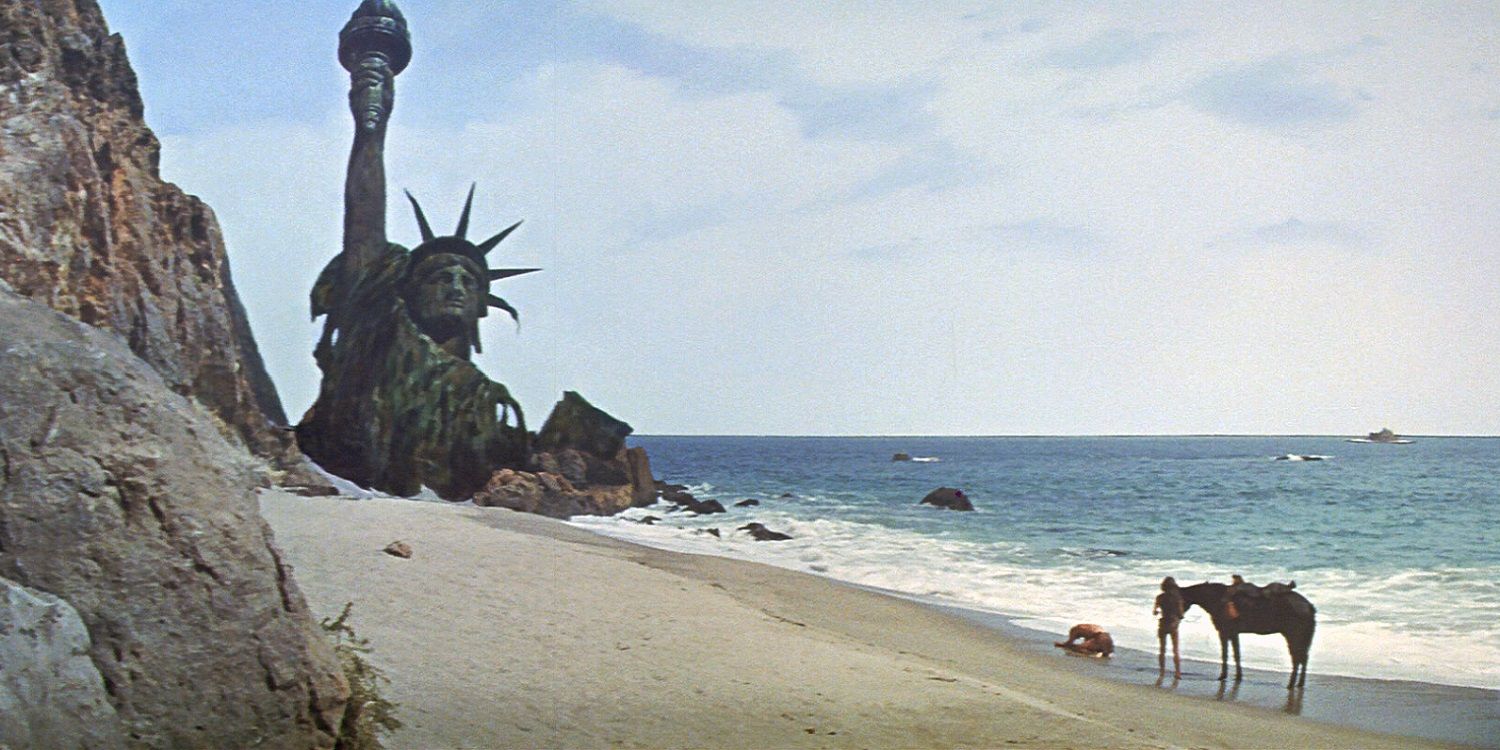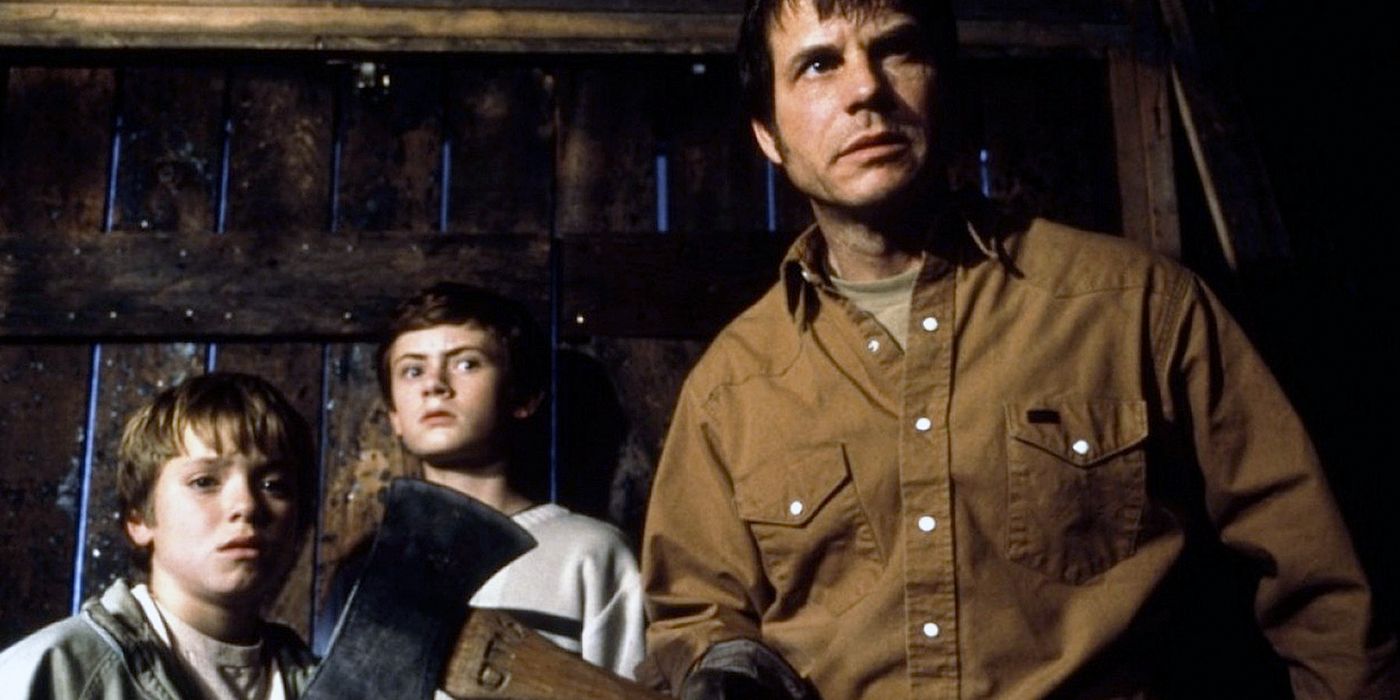Films are remembered for various reasons. Some people may remember a movie for its acting, its directing, or its cinematography, or perhaps certain aspects of the story, while others may remember a movie for one specific scene in particular; it depends. However, one thing that always gets people talking is a twist.
A twist can amplify a movie that has already captivated audiences (e.g. Star Wars: Episode V -- The Empire Strikes Back), and sometimes, it can even save a movie from going down as a failure. If done right, a twist can make all the difference in the world for a film. But that's not always the case. Unfortunately, not everything works out as it's intended to. However, there have been times in which a movie has featured such a jaw-dropping twist that people still talk about it years, if not decades, later.
We decided to take a look at some of those types of revelations, the ones that rank among cinema's most memorable twists that helped save and/or better their films. We're not saying that all of the following movies are bad, but rather that their twists are what stand out and definitely make them worth watching. Here are 16 Absolutely Insane Twists That Saved Their Movies.
Saw
James Wan and Leigh Whannell's 2004 film Saw has been credited with reshaping the horror genre for the first time since the early '90s. It paved the way for future horror shorts being adapted into feature films, such as The Babadook and Lights Out. Although Saw's story was certainly captivating for some, it wasn't quite the critical success that the producers likely wanted it to be. However, its twist ending truly makes the movie memorable.
The story centers on a group of people who are being tortured by the Jigsaw Killer, with each of them being given different instructions to survive or save someone they love. The big twist here is that the corpse in the room where the main characters are being held rises and reveals himself to be one of the character's former patients, as well as the killer, Jigsaw.
Vanilla Sky
A few years after Jerry Maguire hit theaters, Cameron Crowe reunited with Tom Cruise for the psychological thriller Vanilla Sky, also starring Penelope Cruz and Cameron Diaz. The movie opens with David Aames in prison, telling a psychologist his story. David (Cruise) was once quite wealthy, but when he started to pursue Sofia (Cruz), his ex Julie (Diaz) kills herself (supposedly), and subsequently disfigures David in a car crash.
The plot itself is quite confounding, but what essentially happens is that David discovers in the end that he attempted to kill himself after breaking up with Sofia and failing to cope with his disfigurement, and that's when he was placed in cryonic suspension for over 150 years. At that point, he's given the choice to either re-enter the dream-state or wake up by taking a leap of faith -- and so he chooses to wake up. Vanilla Sky wasn't quite as good as Jerry Maguire, but the twist ending gave the film meaning and justification for its complex plot.
The Cabin in the Woods
The slasher horror genre had fallen by the wayside in the '90s and '00s when Joss Whedon teamed up with Drew Goddard to resurrect the once thriving subgenre on the big screen with the 2012 film The Cabin in the Woods. (Fun fact: the movie was originally supposed to hit theaters in 2010 before it was temporarily shelved.) It followed a group of college students who drive up to a remote cabin for the weekend. Of course, since this is a horror movie, things don't go quite according to plan.
The group is hunted by a group of killers, much like many other slasher films. The difference here, however, is that the killers are controlled and deployed by a secret organization, who use the cabin as an outlet to find sacrificial lambs, so to speak. Their deaths are used to satiate the gods -- which the two remaining survivors choose not to do and opt to destroy the world instead of themselves. The twist was certainly unexpected. Although it wasn't enough to revive slasher films altogether, it definitely made the critically praised flick stand out from the crowd.
The Mist
Frank Darabont's The Mist, based on the Stephen King novel of the same name, centered on a group of people who attempt to survive a deadly but mysterious mist that has swept across their town. Many folks die throughout the movie, with only a handful making it through to the end. Well, not the very end.
Shortly before the film concludes, the last remaining survivors attempt to drive out of the mist. Unfortunately, they run out of gas before they are able to escape. So, not wanting everyone to suffer, Thomas Jane's David shoots everyone in the car (including his son) before exiting the car to face his grizzly fate - only to have the U.S. military show up and start clearing out the mist. If he would have waited just a few minutes longer, all the other survivors could have been saved as well. It's as brutal as last minute twists get, really.
Secret Window
David Koepp's Secret Window, starring Johnny Depp, stands as another Stephen King adaptation. Although it didn't have any giant monsters running around in foggy mists this time, it was still a half-decent psychological thriller. However, it was really its twist that made the movie worth watching in the end.
The story follows Mort Rainey, an author who finds his wife Amy cheating on him with another man. Rather than immediately divorce her, he goes to his cabin and starts working on his new novel. Later, he's confronted by a man named John Shooter, who begins terrorizing him and threatening his soon-to-be ex. The threats eventually escalate to murder, and it isn't until after Amy dies that Mort discovers that he was John Shooter all along, and "Shooter" was meant to represent Mort's urge to "shoot her."
The World's End
Edgar Wright is one of the most unique and visionary directors ever to grace the big screen. His movies are joyrides for cinephiles, and The World's End is no different. You think you know where the story is going until Wright flips the script and takes you in an entirely new direction. The World's End started out as a reunion of sorts, with a bunch of old school friends reassembling after years apart for one night out on the hometown.
Their idea was to bar hop across all 12 pubs in their hometown and end up at The World's End. Of course, things end up going awry when they discover that virtually everyone in their hometown had been replaced with androids. So, what started out as a drinking comedy turned into an apocalyptic action-comedy. On its own, The World's End is great fun, but the alien twist turns the final chapter in the Cornetto Trilogy into a wild adventure.
Ender's Game
Gavin Hood's adaptation of Orson Scott Card's famed young adult series, Ender's Game, wasn't quite the success story that Summit Entertainment had hoped for. However, it did give audiences a taste of Ender Wiggin's world as a cadet. Towards the end of the film, Col. Graff tasks Ender with completing a simulation as his final test -- though there's a whole lot more on the line than he was expecting.
As it turns out, Ender wasn't completing his universe's version of the Kobayashi Meru. Instead, his superiors duped him into believing he was running a simulation, when in reality, he was commanding humanity's real-life fleet. Therefore, he successfully annihilated the entire known Formic population, and he did so by by sacrificing his own ships in devastating numbers. The twist, although taken from the novel, gave weight to the otherwise mediocre film and set it apart from other young adult adaptations.
Shutter Island
Leonardo DiCaprio and Martin Scorsese rank amongst Hollywood's all-time best tag-team duos, filling out the acting, directing, and producing roles on their collaborations. Together, they have created five award-winning and critically-acclaimed films: Gangs of New York, The Aviator, The Departed, The Wolf of Wall Street, and of course, Shutter Island. Although four of the movies were fairly straightforward stories, the latter film employed a twist that people still talk about to this day.
DiCaprio's Teddy Daniels comes to Shutter Island to find a patient who has disappeared. Upon finding the patient, she tells Teddy that there's another patient who has disappeared -- the 67th inmate -- though everyone claims that there isn't a 67th patient. During Teddy's trippy investigation, he discovers that he, in fact, is the 67th patient, and the past few days were all a ruse to get him to break from his insanity. The thing is, fans still debate whether or not the faux investigation worked.
Identity
Before James Mangold started helming more Western-themed movies like 3:10 to Yuma and Logan, one of his first major productions was the 2003 psychological mystery film, Identity. The movie follows a whodunit premise, with 10 strangers arriving at the same motel on a stormy night. After some time, the first person turns up dead, and then a second, and a third, and so on.
The obvious conclusion is that the killer is the murderer who escaped custody earlier that night, but that theory is far too simple. Throughout the movie, the audience uncovers several details that turn the tables on who the killer might be, until the very end, when it's revealed that each character is actually one of several personalities of the murderer Malcolm Rivers. Malcolm attempted to kill off all of his evil personalities, but failed to do so, and that's when a second twist reveals that his truly evil personality is the little boy, Timmy, who's responsible for killing everyone at the motel. Confusing, right?
Terminator 3
Hollywood has done everything in its power to keep the Terminator franchise alive for the past two decades, despite many people believing that the series should have concluded with James Cameron's Terminator 2: Judgment Day -- when Sarah Connor, her son John Connor, and the T-800 stopped Judgment Day. Of course, in order to continue the franchise, Judgment Day would still need to happen, and that's where Jonathan Mostow's Terminator 3: Rise of the Machines comes in.
In the film, the T-800 comes back in time to protect an adult John Connor and Kate Brewster, so that they can survive the impending apocalypse. What's interesting about this film is that, despite their efforts, Judgment Day still goes down. Although the movie couldn't necessarily live up to the quality the first two installments exuded, it did take bold measures in continuing the story that fans had thought concluded 12 years earlier.
Sleepaway Camp
Horror movies in the '80s were all about slasher films, and many of those flicks ended up developing devout cult followings years later; Robert Hiltzik's Sleepaway Camp was one of them. The story opened with a family on a boating trip, with the father and brother accidentally being killed by one of Camp Arawak's counselors. The only person from the family to survive is Angela.
Years later, Angela returns to that same camp and, throughout the season, one-by-one, people start to turn up dead. It doesn't take long for the counselors to conclude that there's a murderer on the grounds. In the end, it's revealed that not only was Angela the murderer, but that Angela was really Peter the whole time. Evidently, Angela was the sibling killed that fateful afternoon, and Peter was raised by his aunt as the daughter she never had.
Sleepaway Camp started out as nothing more than a typical slasher movie, but its twist is what truly sets it apart.
Life
Screenwriting duo Rhett Reese and Paul Wernick followed up their success with Deadpool by penning the script for Daniel Espinosa's 2017 sci-fi film, Life. It centers on a six-member crew aboard the International Space Station, who have been tasked with verifying the first evidence of life beyond Earth. Although they do uncover life from Mars, the alien organism turns against them and begins killing them one-by-one, with only two remaining in the end: David and Miranda. In a last-ditch effort, they attempt to shoot the alien out into space, with David piloting that escape pod.
The way the ending was shot, it looked as if David's pod had drifted off into deep space, while Miranda's pod was about to reenter Earth's atmosphere. Of course, that's not exactly how it went down. It turns out that the alien organism forced David's pod to plummet towards Earth, whereas Miranda's pod was shot out into space, thus indicating the extinction of all life on Earth. The ending was bold enough to save what was an other pretty average sci-fi film.
Buried
Ryan Reynolds may be best known for his comedic roles, but he's dabbled in drama before, such as in Rodrigo Cortés' Buried. In the film, the actor played kidnap victim Paul Conroy, who was buried alive and had nothing but a lighter and a phone to aid him in his survival/rescue.
Casual moviegoers are used to plots in which the protagonist winds up on top at the end. However, Buried was meant to be something different from the very beginning. Despite the hope of rescue, Paul doesn't actually survive. His would-be rescuers were instead led to the burial site of the kidnapper's previous victim, thus leaving Paul for dead. It was a brutal punch in the gut for audiences, but it makes the movie all the more memorable. Otherwise, it likely would have gone down as another run-of-the-mill kidnapping story.
Primal Fear
Edward Norton's breakout performance as Aaron Stampler in Gregory Hoblit's Primal Fear is something that won't easily be forgotten. In it, he played a young altar boy who was accused of murdering the Archbishop, and his story captivated defense attorney Martin Vail enough to take on his case pro bono.
As the trial unfolds, Vail learns that Stampler suffers from dissociative identity disorder and that his second personality, Roy, had actually murdered the Archbishop. When Aaron turns into Roy in front of the court and attacks the prosecutor, the judge dismisses the case and finds Aaron not guilty due to insanity. This, however, is when the second twist comes into play. It turns out that Roy was the real Stampler all along, and sweet little Aaron was just someone that Roy made up to get away with the murder -- and it worked.
Planet of the Apes
Franklin J. Schaffner's original Planet of the Apes film from 1968, based on Pierre Boulle's novel of the same name, revolutionized the science fiction genre, telling the tale of a planet in which humans are slaves to their ape overlords. Charles Heston played astronaut George Taylor, who wakes up from hibernation having crash-landed on a seemingly deserted alien planet. After some time, he discovers the ape society and eventually finds himself attracted to one of the surviving humans, Nova.
Towards the end of the film, Taylor and Nova escape to the Forbidden Zone, and press on to find answers about the long-lost human civilization. But they didn't find what they were hoping for; walking along that beach, Taylor and Nova came across the wreckage of the Statue of Liberty. It turns out that Taylor had traveled into the future, and the simian-ruled alien planet was really Earth. Although the movie was a spectacular piece of sci-fi, its twist is what really set the stage for the genre's future.
Honestly, though, we should have seen a crazy twist like this coming. What else could you expect from a film written by The Twilight Zone creator Rod Serling?
Frailty
Bill Paxton wasn't just a renowned actor, as he also occasionally dabbled in directing as well. The 2001 thriller Frailty marked his directorial debut, a film in which he also starred alongside Matthew McConaughey.
The story centers on Fenton Meiks telling his and his family's story to FBI agent Wesley Doyle. The Meiks family -- consisting of Fenton, his brother Adam, and their father -- were supposedly tasked by God to rid the world of demons lurking inside human bodies. Fenton tells Doyle that Adam and his father were the God's Hand serial killers, but he didn't want any part of it, so he's trying to do the right thing. That's when it's revealed that Fenton was really Adam all along, and that Fenton was already dead. Furthermore, Adam kills Doyle because he believes that the latter has demons inside him.
Although the twist is something that people could have expected, it provided the thought-provoking story with much more depth than audiences may have initially anticipated.
--
What other movies are completely defined by their twist endings? Let us know in the comments.

